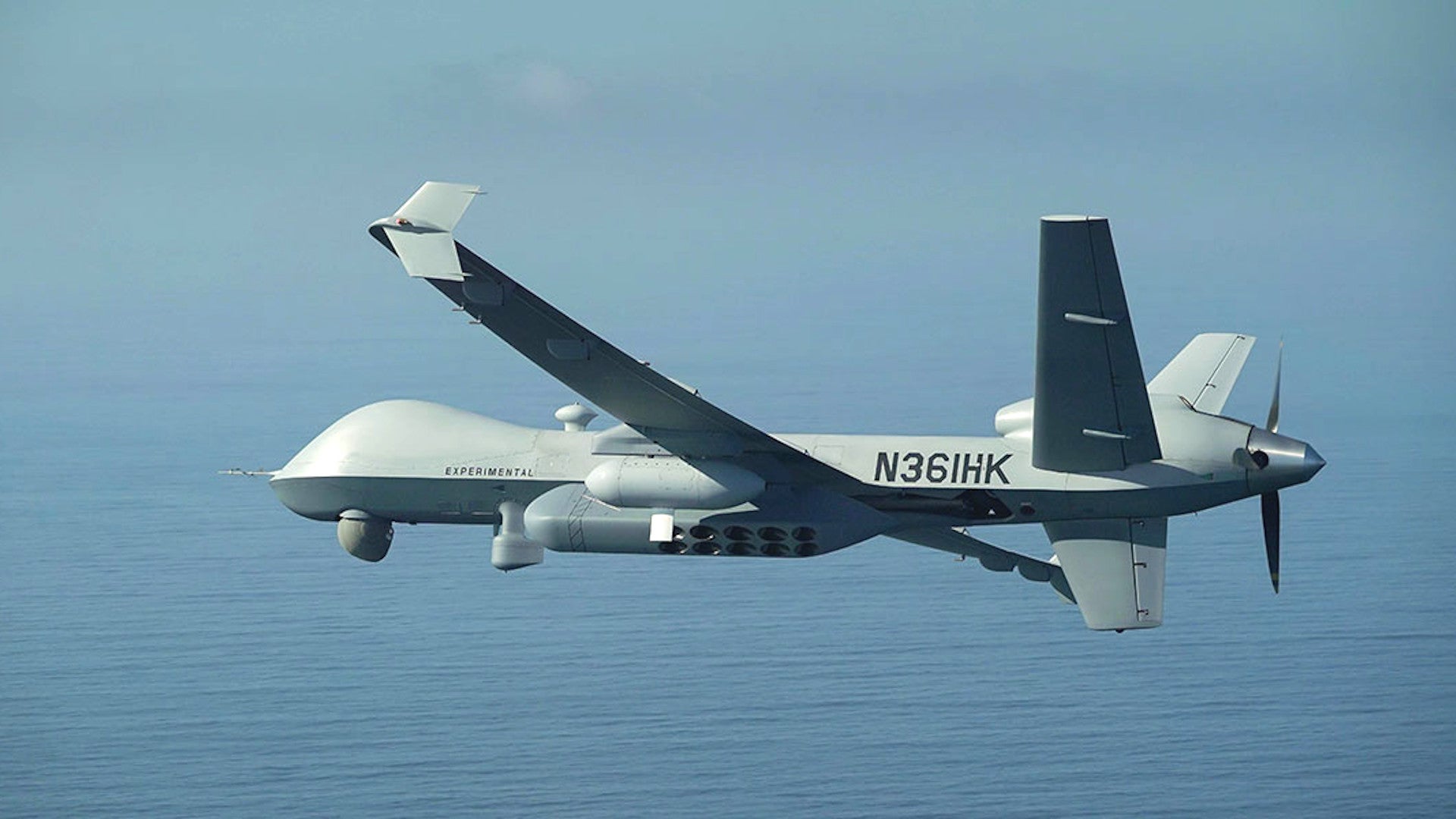As I said above - they should have built the wider Panzer IV chassis with the Panzer III suspension. Its superior torsion bar suspension was introduced in 1939 with the E model.
If they had not wasted so much resources (both materiel and manpower) into these two similar-sized tanks they could have improved the Panzer IV a lot with torsion bars very early on.
If they had not wasted so much resources (both materiel and manpower) into these two similar-sized tanks they could have improved the Panzer IV a lot with torsion bars very early on.

